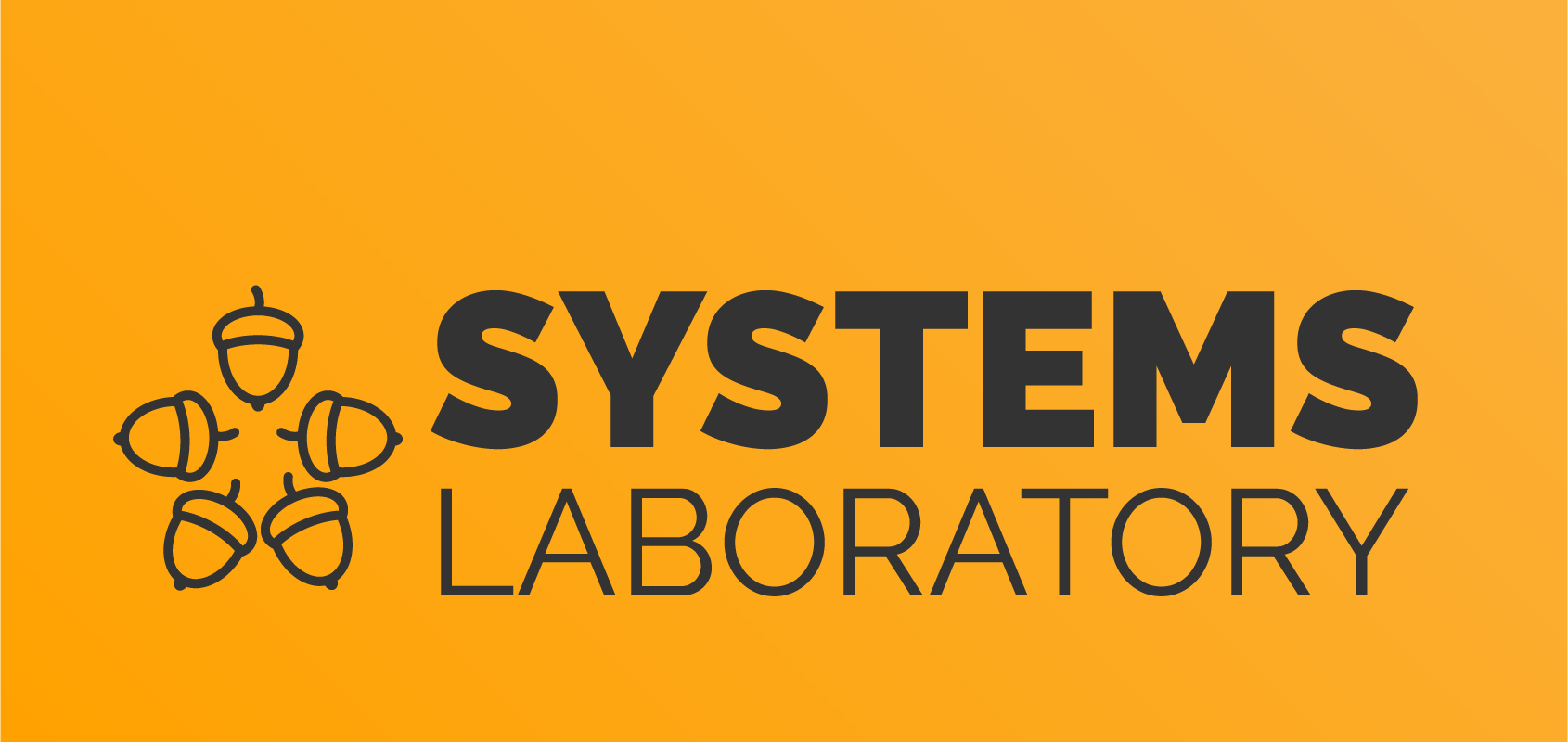Differences
This shows you the differences between two versions of the page.
|
isrm:laboratoare:new:04 [2020/12/24 15:21] mbarbulescu [[00] Pregătire laborator] |
isrm:laboratoare:new:04 [2024/03/19 09:04] (current) mbarbulescu [[00] Pregătire laborator] |
||
|---|---|---|---|
| Line 40: | Line 40: | ||
| <code bash> | <code bash> | ||
| student@isrm-vm-2020:~$ sudo apt-get install tshark | student@isrm-vm-2020:~$ sudo apt-get install tshark | ||
| + | </code> | ||
| + | |||
| + | Daca sunt probleme cu plot-ul (in special in Windows Subsystem for Linux) mai e nevoie de acest pachet: | ||
| + | |||
| + | <code bash> | ||
| + | sudo apt install -y python3-tk | ||
| </code> | </code> | ||
| ====== [01] Capacitatea ideală simulare UDP 2 noduri RTS/CTS ====== | ====== [01] Capacitatea ideală simulare UDP 2 noduri RTS/CTS ====== | ||
| + | |||
| + | Atentie trebuie rulat pentru 802.11b: | ||
| + | |||
| + | <code bash> | ||
| + | sed -i 's/WIFI_PHY_STANDARD_80211g/WIFI_PHY_STANDARD_80211b/g' ./ns3-labs/lab-03-04-capacity/lab3.cc | ||
| + | </code> | ||
| + | |||
| Re-rulați simularea de capacitate ideală trafic UDP cu 2 noduri activând RTS/CTS. | Re-rulați simularea de capacitate ideală trafic UDP cu 2 noduri activând RTS/CTS. | ||
| Line 59: | Line 72: | ||
| <code bash> | <code bash> | ||
| - | for mcs in 1 2 3 4 | + | for mcs in 1 2 3 4; do |
| - | do | + | for payload in 100 200 300 400; do |
| - | for payload in 100 200 300 400 | + | |
| - | do | + | |
| ./waf --run "lab3 --numberOfNodes=2 --payloadSize=$payload --offeredRate=11Mbps --phyRate=$mcs --simulationTime=2 --tracing=true --enableRtsCts=true" | ./waf --run "lab3 --numberOfNodes=2 --payloadSize=$payload --offeredRate=11Mbps --phyRate=$mcs --simulationTime=2 --tracing=true --enableRtsCts=true" | ||
| done | done | ||


